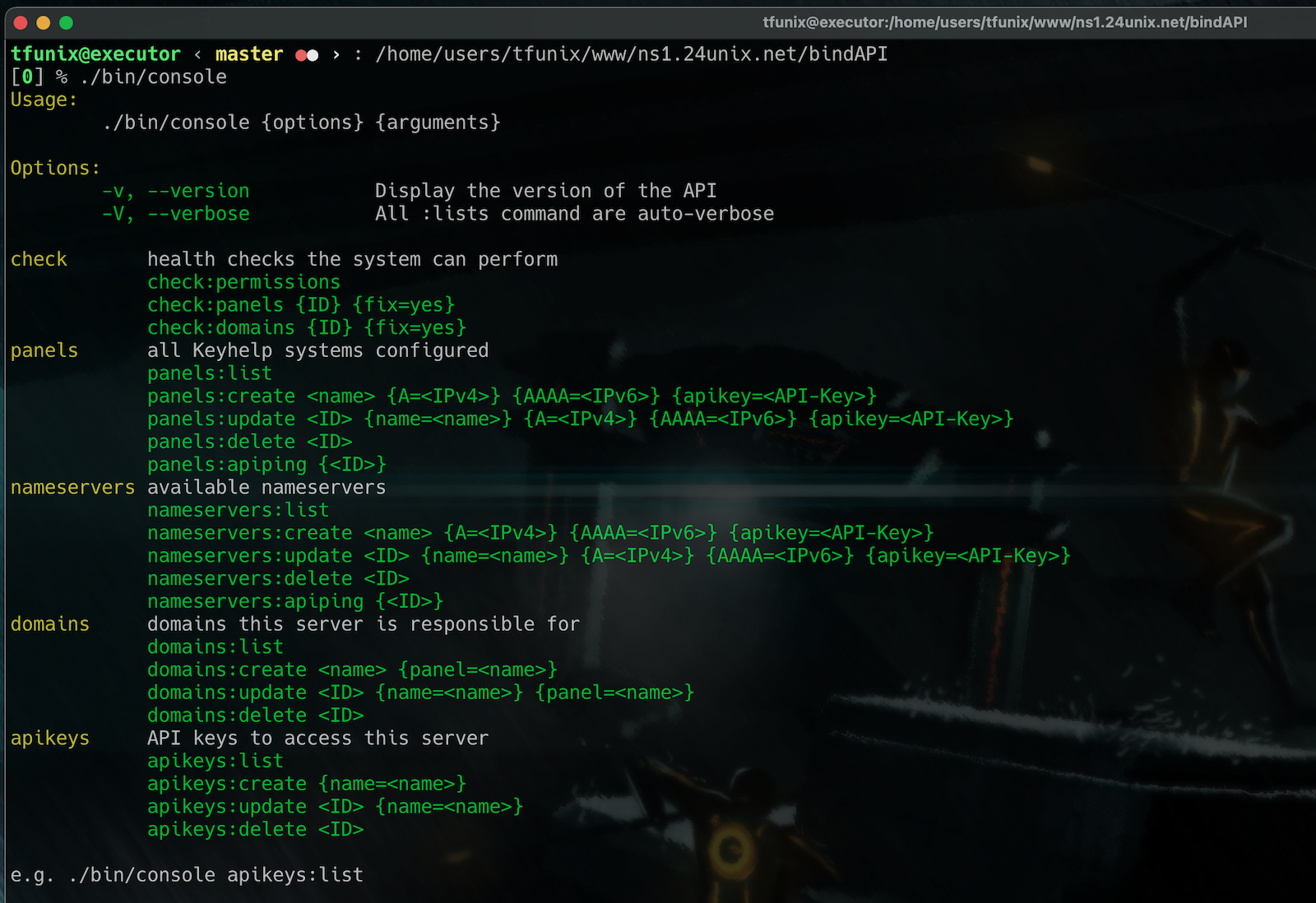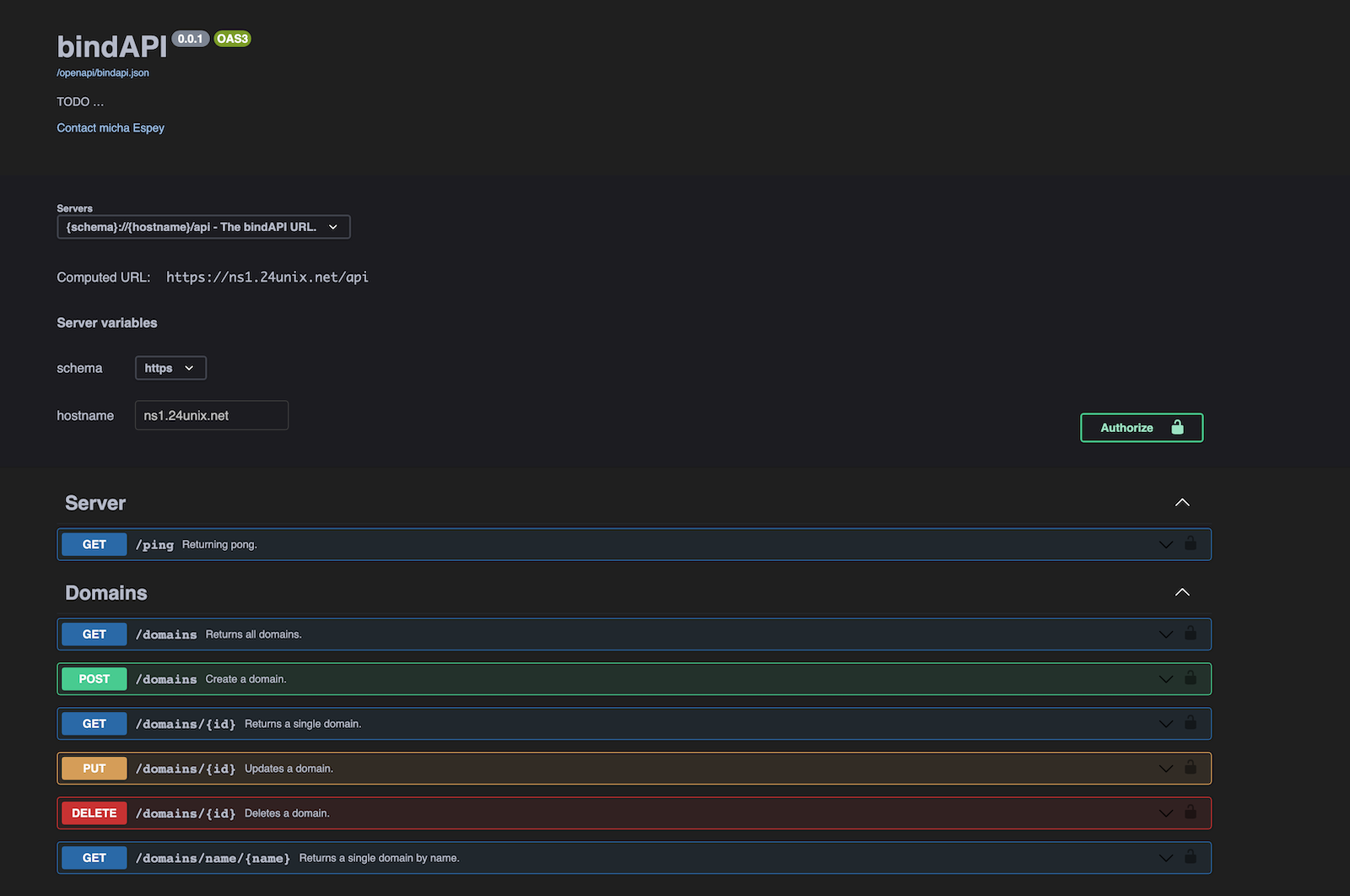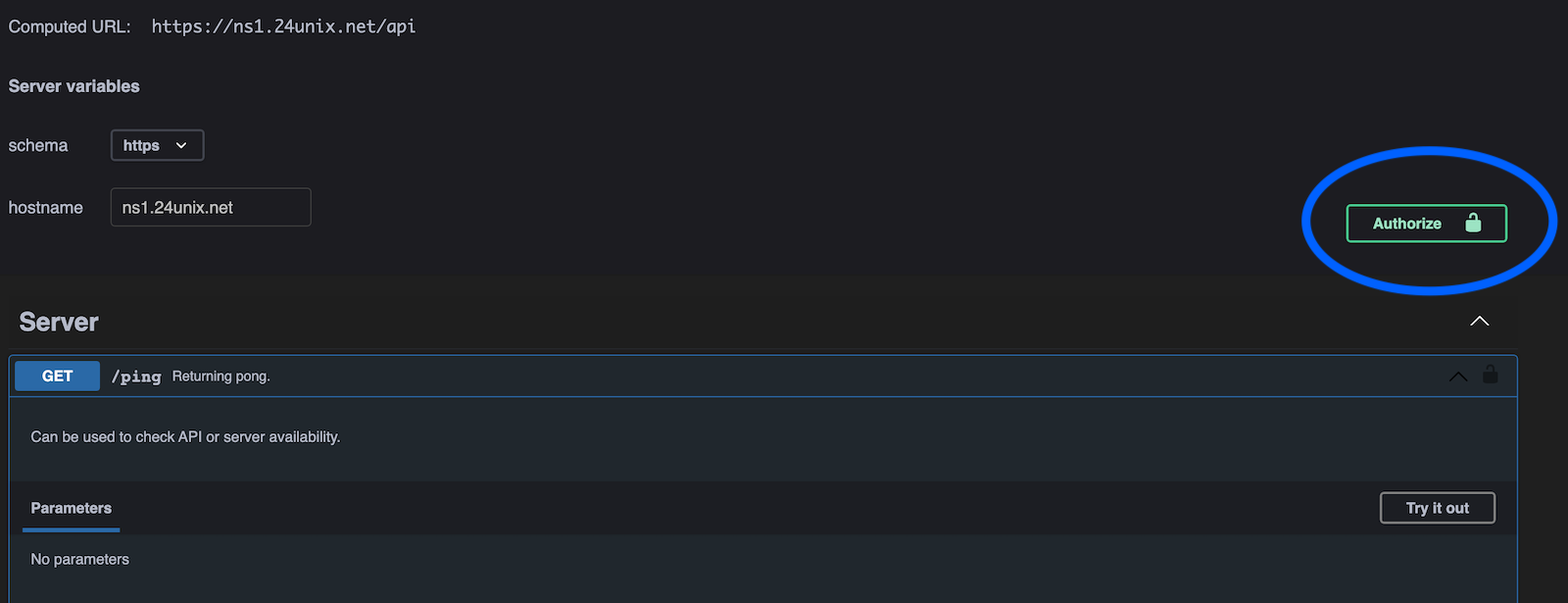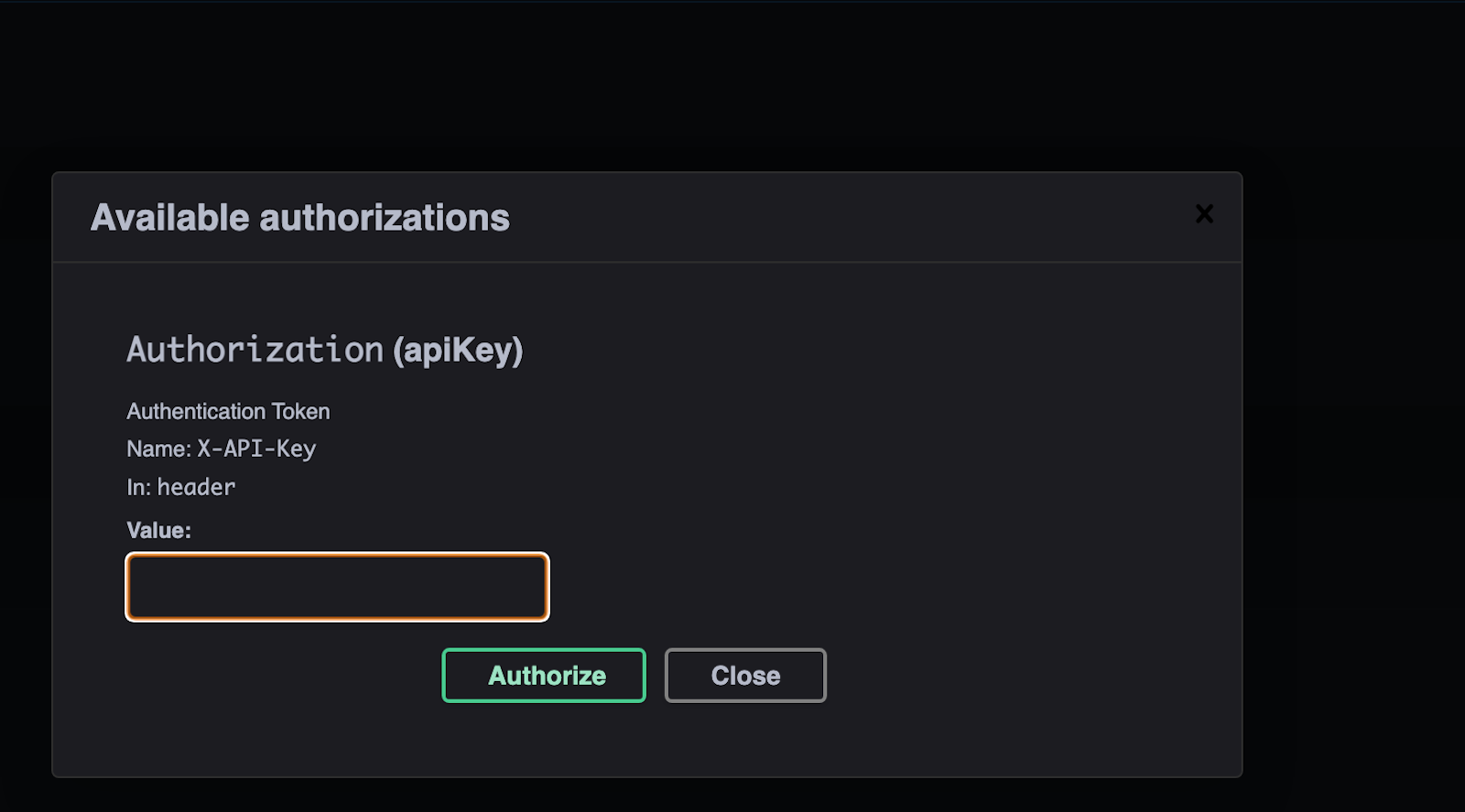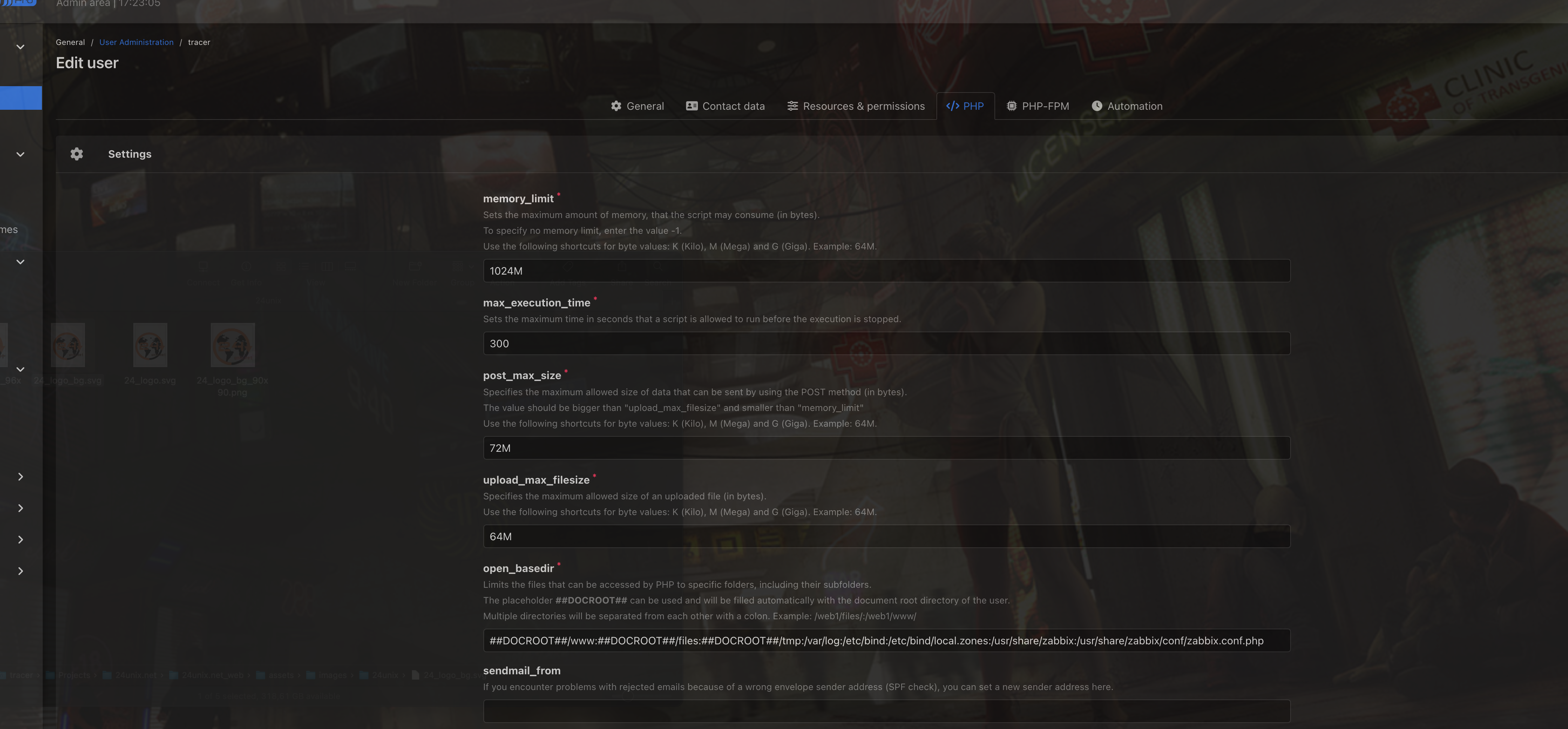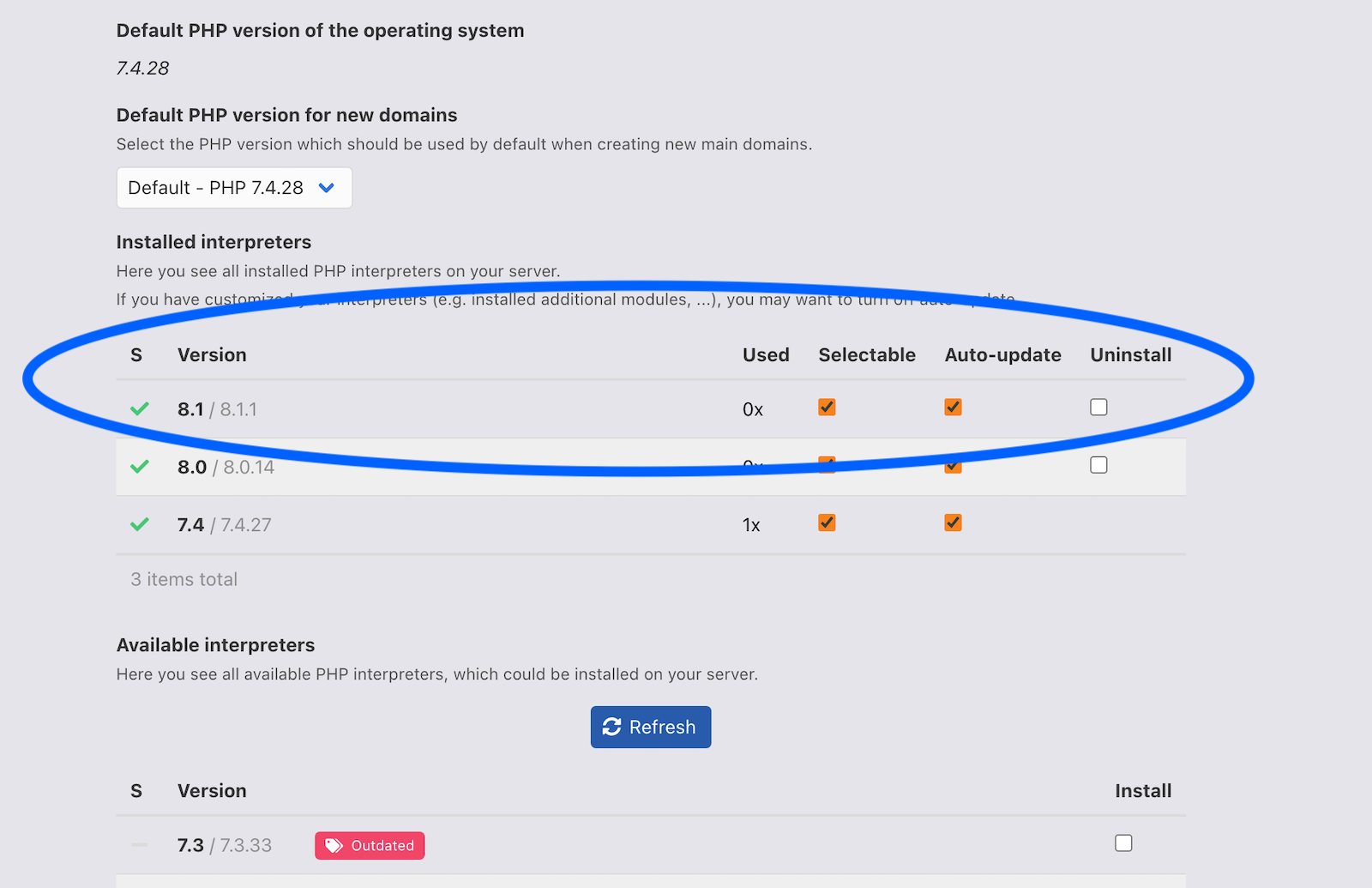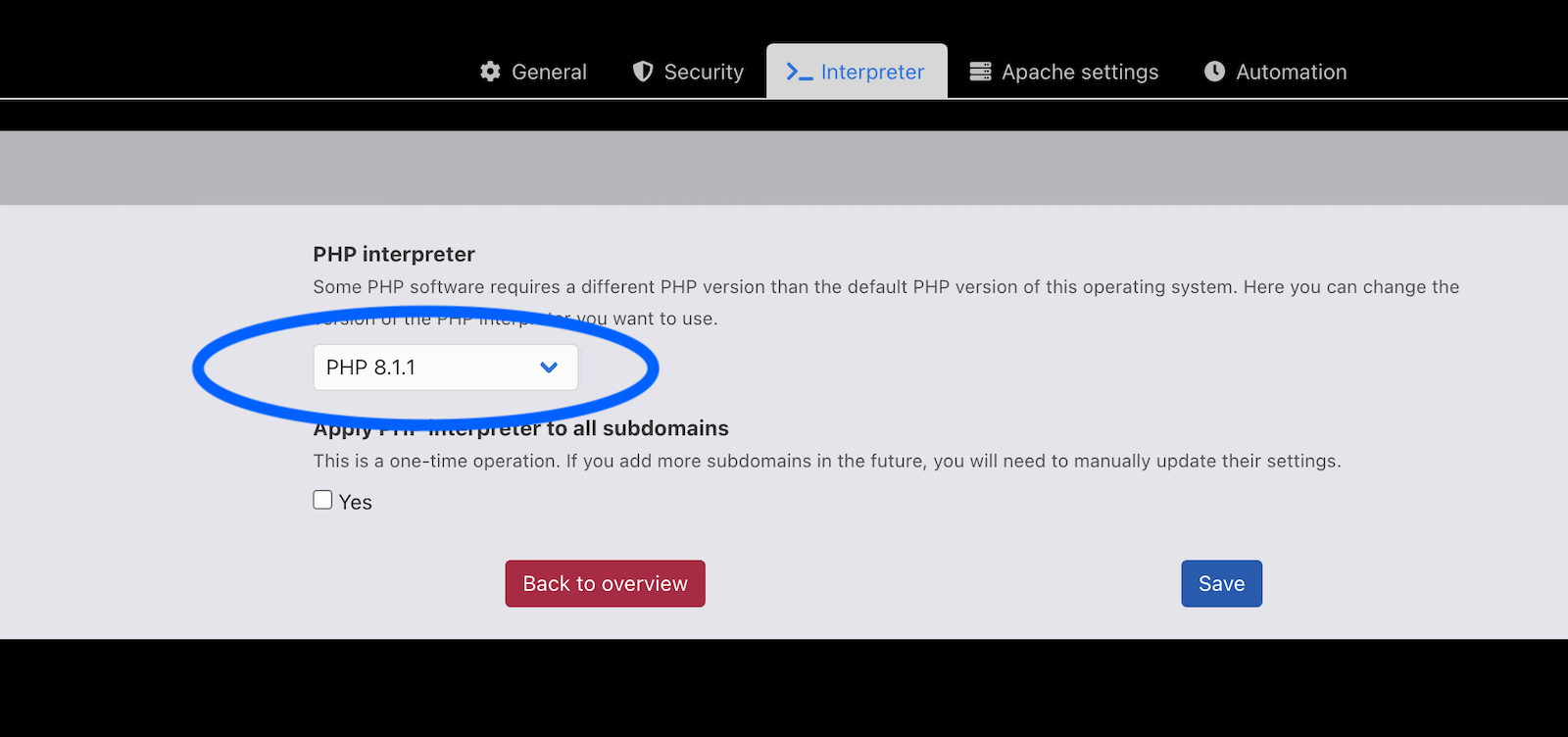|
|
||
|---|---|---|
| .idea | ||
| bin | ||
| public | ||
| src | ||
| tests | ||
| .gitignore | ||
| composer.json | ||
| composer.lock | ||
| config.json.sample | ||
| log.txt | ||
| phpunit.xml | ||
| README.md | ||
1. Overview
This package provides an API for the Bind nameserver. It consists of two parts, the API itself and a CLI tool to configure the available functions.
2. Features
2.1. CLI
The CLI is used to perform configuration and some checks:
- check
- Permissions: The API needs to be able to access some files and create new ones
- Panels: This checks one or all panels if every nameserver is aware of all domains
- Domain: TODO
- panels
- List: List all panels which are configured on this server
- Create: Adds a new panel to the configuration
- Update: Changes one or more parameters of the panel
- Delete: Deletes the given panel
- ApiPing: Calls the /ping endpoint of the given server or all if no Panel is specified
- some additional API call might be added
- nameservers
- similar to panels, but for the nameservers
- domains
- similar usage to panels/domains, manage all slave zones
- apikeys
- manage the keys to access this nameserver via API
2.2. API
The APi is a RESTful API, there is a self explaining Swagger/OpenAPI available.
On the site you can authorize with an API key (creation of the key is described later in this document).
After successful authorization you can use the APi via the OpenAPI Interface, e.g. call the /ping endpoint to check if the API is alive.
You have to click on „Try it out“:
Of course, you can issue the same command in your shell:
curl -X 'GET' \ 'https://ns1.24unix.net/api/ping' \ -H 'accept: application/json' \ -H 'X-API-Key: 61f27a57c9d1f.[truncated]'
A helpful tool when dealing with API is Postman, if offers the same options as from the OpenAPI interface or via shell with curl.
3. Installation
You can install the bindAPi on either a standalone server or an existing KeyHelp Panel. However, slave zones are only managed for masters which lie on Keyhelp panels.
3.1. Installation on a KeyHelp panel
In KeyHelp, install PHP 8.1. This is mandatory, the API relies on features only available since PHP 8.0. It might run on PHP 8.0 but has not been tested as there is no reason not to install PHP 8.1.
So head over to:
Settings => Configuration => Feature Settings => PHP Interpreter
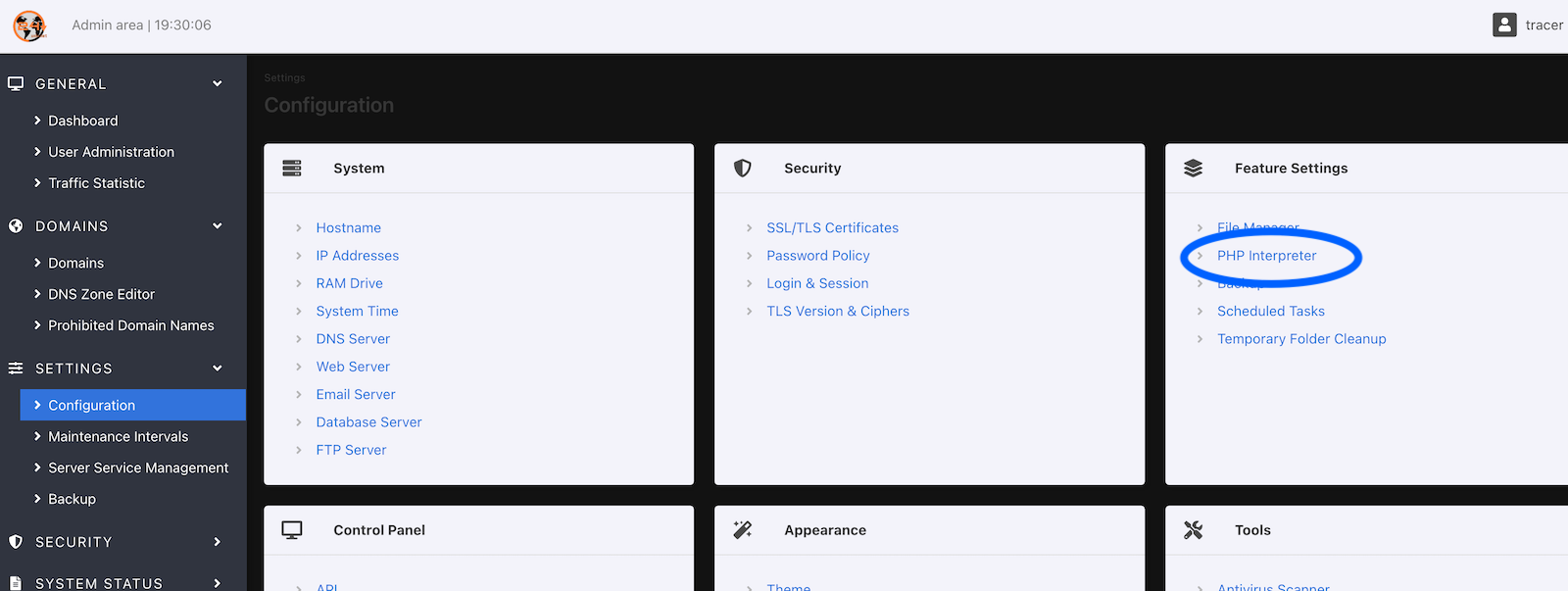
Set the checkmark and press Save.
Wait about a minute, the installation is started via a cronjob which runs every minute.
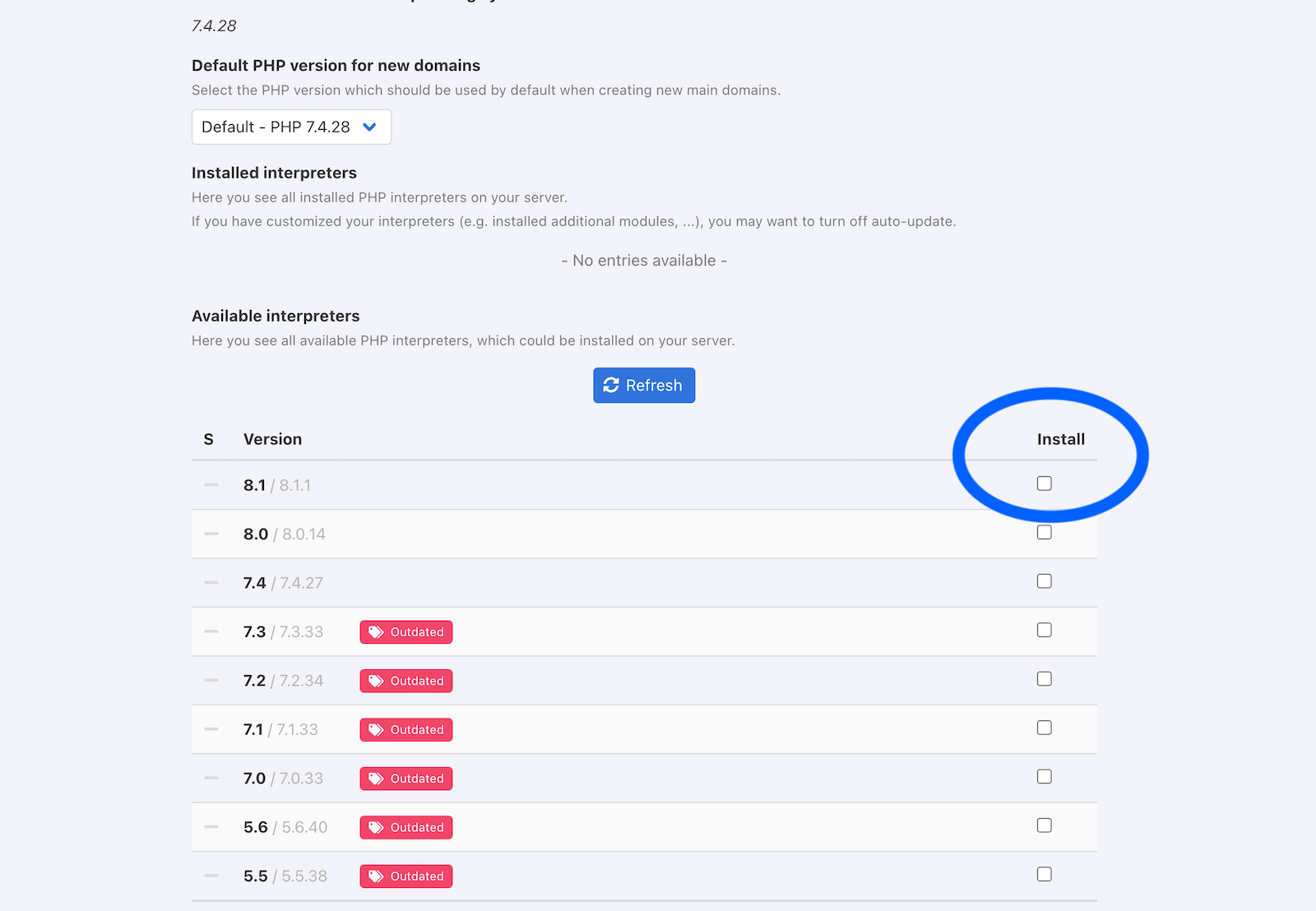
Next create a domain, e.g. ns1.24unix.net:
Configuration
The API
Conclusion
As root (or via sudo):
apt install git
Creat a new user for the domain, adn then a new domain, e.g. ns3.24unix.net.
Set the PHP Version to 8.1:
